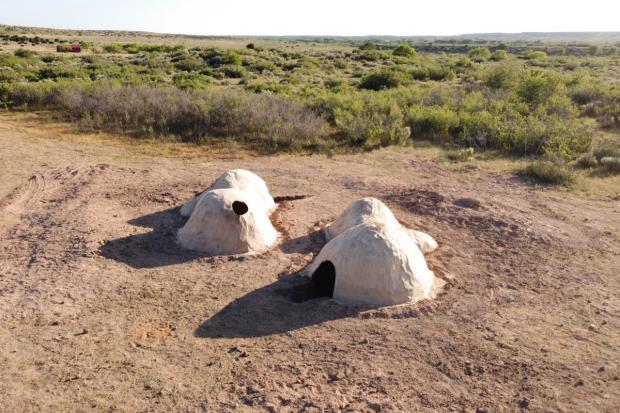
Breaking News
 How a 27-Year-Old Codebreaker Busted the Myth of Bitcoin's Anonymity
How a 27-Year-Old Codebreaker Busted the Myth of Bitcoin's Anonymity
 Old World Order is COLLAPSING: The Death of Europe and the Rise of China
Old World Order is COLLAPSING: The Death of Europe and the Rise of China
 Energy Secretary Expects Fusion to Power the World in 8-15 Years
Energy Secretary Expects Fusion to Power the World in 8-15 Years
 South Koreans Feel Betrayed Over Immigration Raid, Now Comes the Blowback
South Koreans Feel Betrayed Over Immigration Raid, Now Comes the Blowback
Top Tech News
 Tesla Megapack Keynote LIVE - TESLA is Making Transformers !!
Tesla Megapack Keynote LIVE - TESLA is Making Transformers !!
 Methylene chloride (CH2Cl?) and acetone (C?H?O) create a powerful paint remover...
Methylene chloride (CH2Cl?) and acetone (C?H?O) create a powerful paint remover...
 Engineer Builds His Own X-Ray After Hospital Charges Him $69K
Engineer Builds His Own X-Ray After Hospital Charges Him $69K
 Researchers create 2D nanomaterials with up to nine metals for extreme conditions
Researchers create 2D nanomaterials with up to nine metals for extreme conditions
 The Evolution of Electric Motors: From Bulky to Lightweight, Efficient Powerhouses
The Evolution of Electric Motors: From Bulky to Lightweight, Efficient Powerhouses
 3D-Printing 'Glue Gun' Can Repair Bone Fractures During Surgery Filling-in the Gaps Around..
3D-Printing 'Glue Gun' Can Repair Bone Fractures During Surgery Filling-in the Gaps Around..
 Kevlar-like EV battery material dissolves after use to recycle itself
Kevlar-like EV battery material dissolves after use to recycle itself
 Laser connects plane and satellite in breakthrough air-to-space link
Laser connects plane and satellite in breakthrough air-to-space link
 Lucid Motors' World-Leading Electric Powertrain Breakdown with Emad Dlala and Eric Bach
Lucid Motors' World-Leading Electric Powertrain Breakdown with Emad Dlala and Eric Bach
 Murder, UFOs & Antigravity Tech -- What's Really Happening at Huntsville, Alabama's Space Po
Murder, UFOs & Antigravity Tech -- What's Really Happening at Huntsville, Alabama's Space Po
Experimental shelters sport paper-thin walls – literally

The team mixed strips of recycled paper and non-toxic glue to create pair of prototype shelters in rural Texas.
The project is named Agg Hab (short for Aggregate Habitat) and was created by i/thee and the Roundhouse Platform for the Oaks Creek Residency, an artist residency on a farm in the Texas Panhandle.
Each shelter measures roughly 20 x 8 ft (6 x 2.4 m), and was made using around 200 liters (50 gal) of non-toxic glue and 270 lb (122 kg) of recycled paper. The team reckons it's probably one the world's largest self-supporting papier-mâché structures and the construction process will be familiar to anyone who has experimented with with the stuff before.
"The process of construction started with the digging of two mirrored, convexo-concave holes, each 4.5 ft [1.3 m]," explains i/thee. "These holes were then cast with multiple layers of an organic, papier-mâché mixture consisting of various recycled papers and non-toxic glues. Next, the casts were removed from their respective holes and flipped over to form duplicate, bulbous, paper shells, measuring 4 mm [0.15 in] thick and spanning over 20 ft [6 m]. Finally, the shells were each moved on top of the adjacent formwork, letting the inverted form of one hole become a paraboloid cap to the other that encloses the structure. Thus, a 4.5 ft [1.3 m] hole becomes a 9 ft [2.7 m] tall interior space."



